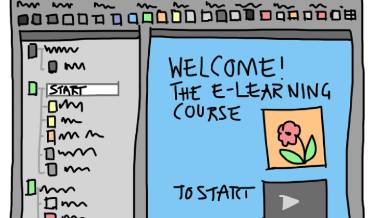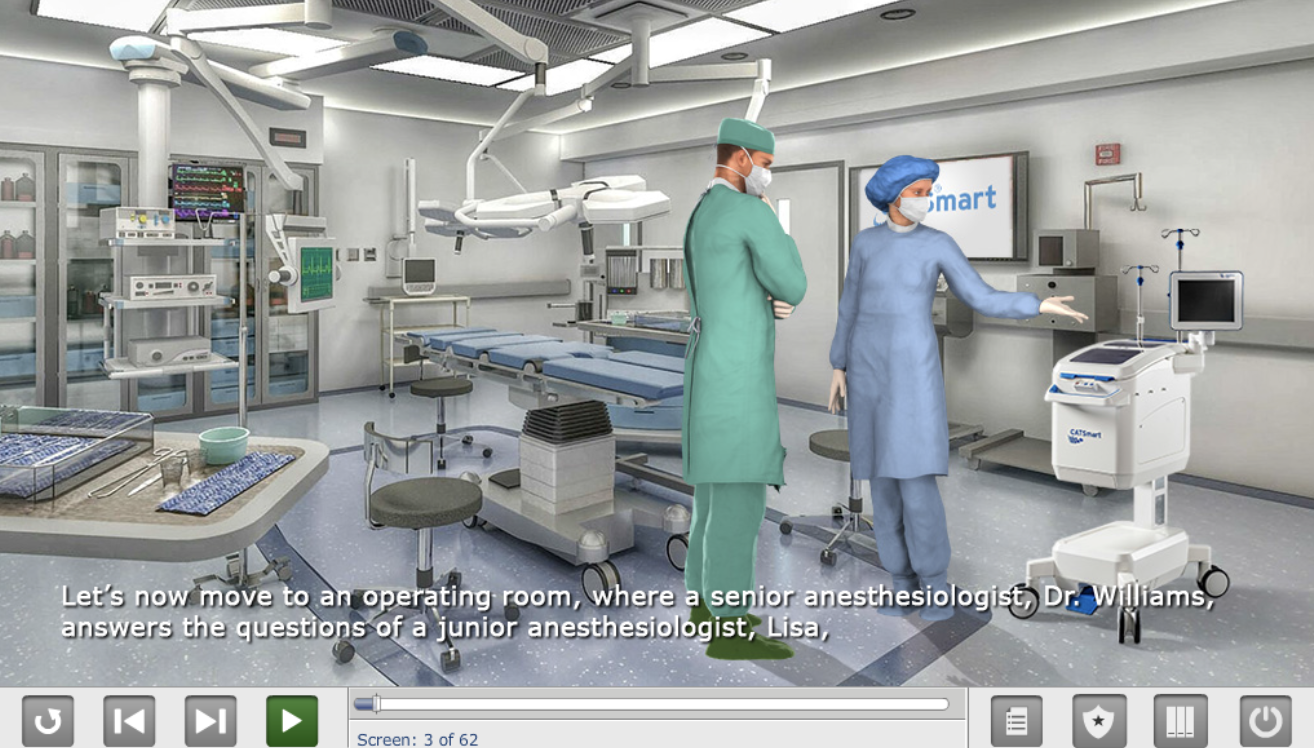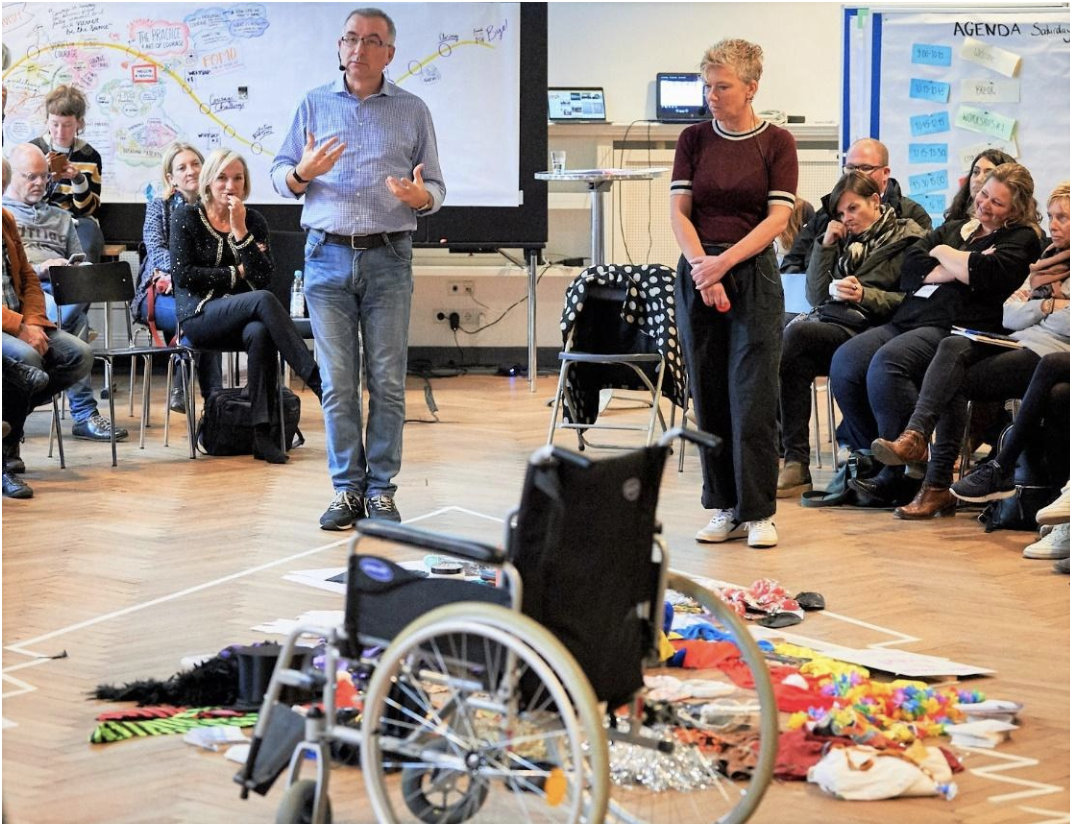
How to use visual storytelling in e-learning?
How to use visual storytelling in e-learning? https://www.visualstorytell.com/wp-content/uploads/2019/03/e-learning_stub.jpg 370 218 Yannis Angelis Yannis Angelis https://secure.gravatar.com/avatar/6c1904e7a679df225cdca8ad112c8dc5b11df3329ba671bf973f516fac27027b?s=96&d=mm&r=g- Yannis Angelis
- no comments
Thanks for stopping by. My name is Yannis Angelis, a Narrative Futurist, and co-founder at Beyond Storytelling Network. As a guest on the Visual Storytelling Today podcast I shared details about my journey as a business storyteller, and how I applied visual storytelling in my e-learning programs while working for a medical device company.
Watch the full video recording of this interview:
On the road?
You can also listen to my audio podcast of this episode.
Subscribe to the Visual Storytelling Today podcast on iTunes or Google Play
The following details a few excerpts from our chat:
Shlomi Ron: From our discussions, I feel that you are challenging somehow the definition of Visual Storytelling. So, what is it for you, Yannis?
Yannis Angelis: I would say it’s about seeing it from the realm of Corporate Digital Learning. We consider VS as an approach, a strategy or we even define it as a method or a tool in our marketing, training and communication projects. However, for me, it is an invitation for enhancing the engagement of the stakeholders that you are addressing, like learners, customers, etc. Compelling visual storytelling is an invitation for belonging and becoming an advocate of the content and context that you are invited to. The more you resonate with the stories that are visualized the more you will talk about them after.

“Visual storytelling has been proven to work in terms of salesforce employees’ engagement and satisfaction translated to increased sales results.”
SR: This is interesting Yannis. Could you elaborate more on why embracing Visual Storytelling and why this is more important and necessary now?
YA: This is a great question Shlomi, thank you for posing it. Let’s explore this from the two angles, the human and the technological. From a tech perspective, there is so much noise out there, or if I could phrase it in a more positive way, there is so much offer in abundance, especially in the Corporate Education area, that people cannot follow everything. They may even find themselves confused or running after tech solutions without really understanding how all these works and how they could take the best out of it. I believe that visual storytelling in its simplicity clears up this field and makes a personal or a business story a satisfying and immersive narrative experience. At the same time technology opens the gate for virtual interactivity, which especially in the e-learning area, smoothens complex issues over and takes learners in a flow journey which enriches their learning ability and outcome. We also know that interactive stories allow for agency and contribution which affects the story itself in a way.
From the human perspective, the visualization of a compelling story helps us to make meaning of what we are experiencing, creates emotions and this leads us to several positive behavior alterations like for example the increase of our decision-making ability. Affecting a decision-making process is an important aspect from a buyer’s perspective.

Snapshot extract from an e-learning module on product knowledge where a story build on a real case scenario was developed with the use of avatars and animations.
SR: Could you give us in a nutshell, like an appetizer, how do you apply visual storytelling in your e-learning programs at corporate environments? What visual storytelling techniques do you use?
YA: First of all, I would like to remind us that when we are talking about stories, a level of visualization already exists in our brains. When we hear of a “story” our brain is already getting prepared on visualizing what is listened. I augment this in my e-learning programs by using several approaches coming mainly from the narrative work area like for example the use of metaphors, props or the capturing of moments. The means that I use in order to build attractive scenarios are mainly small videos, animations, and images and I avoid text as much as possible (with the exception of subtitles). Depending on the context and the budget available I may visualize the stories that I create by using persons from my target audience or avatars. I am using gamification as an engagement approach and much more. For our audience, who are interested to know more, I would invite them to watch our interview posted on this page, Shlomi.

The use of props as a storytelling tool during a facilitation process in a circle setting.
Ready to wow your audience?
Schedule a FREE conversation to learn how like experiential e-learning visuals, we could bring to life your story.
- Post Tags:
- e-learning
- visual storytelling
Yannis Angelis
Yannis Angelis is a Story Practitioner, an Organizational Development & Change Trainer, and a Narrative Futurist. Yannis’ work is informed by the principles of Gestalt Psychology, Narrative Therapy, Theory U and the Art of Hosting. He facilitates teams on visual storytelling, collaboration, learning strategies, innovation and future making in a disruptive world. He designs and hosts events on organizational change and personal transformation. He also coaches individuals on their career path towards a luminous future. He is the Co-author of the "Beyond Storytelling", a book which demonstrates how to work with stories in organizations, communities and as an individual. He has designed the “Lov-e & Car-e-osity™” model, a participatory process mainly for e-learning development. The model leverages principles and tools from Gestalt Therapy, Positive Psychology, Behavioral Economics, Theory U, Gamification, Visual Storytelling and Story-Work with informal learning.
All stories by: Yannis AngelisYou might also like
This site uses Akismet to reduce spam. Learn how your comment data is processed.





Leave a Reply